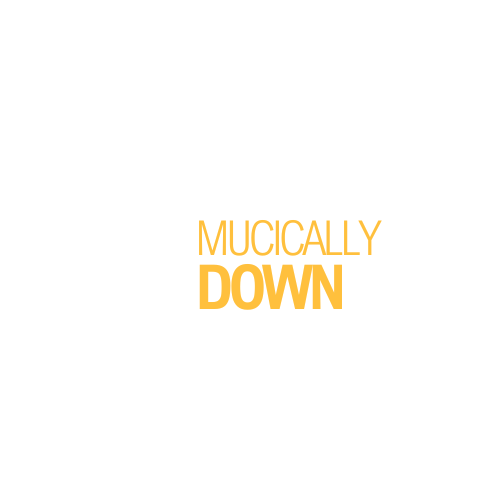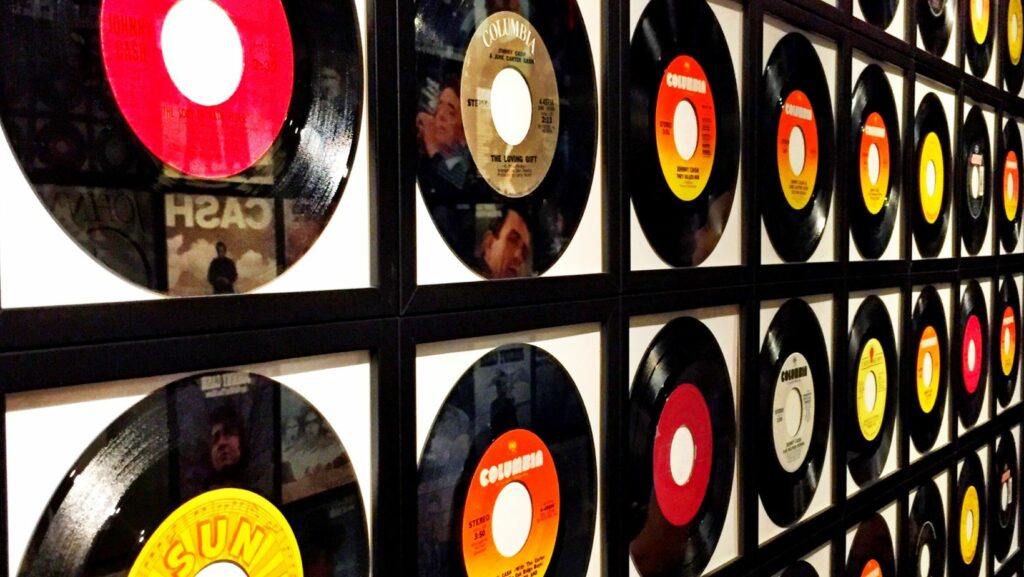In the vast universe of music, record discographies stand as lighthouses, guiding enthusiasts through the ocean of an artist’s work. They’re more than just a list of albums and songs; they’re a chronological journey through an artist’s creative evolution.
Record Discographies
Discographies have, overtime, undergone dynamic changes. These alterations can’t be overlooked in any discussion of music’s progression. Initially, in the 1930s and 1940s, records were mostly 78 RPM, and due to their fragile composition with shellac, they were susceptible to damage. Album covers, primarily designed for protection, slowly evolved into an artistic symbol by the 1960s, denoting a visual representation of the enclosed tunes.

Transitioning into the 1950s, the introduction of vinyl records increased longevity and capacities, enabling the era of the LP (long-playing) record. The 1980s ushered in Compact Discs (CDs), bringing digital audio technology to the recording world. Jumping into the 21st century, the digital revolution took hold with Internet platforms and streaming services altering how discographies were accessed and enjoyed.
Each era, identifiable by its characteristic technology, impacted the record discographies in unique ways, dictating not only the sound quality but also the way individuals engaged with an artist’s musical journey.
Key Components of a Record Discography
A comprehensive understanding of a record discography requires knowledge of its essential components. Firstly, Artist Information forms the core of a discography. It encompasses the performer’s name, aliases, and associated bands. Informed users value this as it assists in tracking the artist’s musical progression.

Secondly, Catalog Numbers hold immense importance. Recorded music gets issued with unique identifiers, enabling precise tracking of releases and their variations. For example, the Beatles’ first UK album carries the catalog number “PMC 1202”.
Thirdly, the Release Date indicates when an album or single became available to the public. Discographers use this information to analyze an artist’s musical journey, recognizing certain periods as particularly creative or transformative.
Lastly, the Format showcases the technological progression of music recording and witnessing the evolution from vinyl and cassette to CD and digital formats. Each shift in format brings along changes in sound quality and audience engagement.
Leading Record Discographies and Their Impact
Regarded as comprehensive music libraries, iconic discographies such as those of The Beatles, Rolling Stones, and Michael Jackson reveal the evolution of music, gaining influence as they progress. These discographies demonstrate a direct impact on music genres, creating tremors in the industry, resulting in paradigmatic shifts. The Beatles, for example, showcased revolutionizing steps from simple pop ballads to complex experimental compositions. Their 1967 album, “Sgt. Pepper’s Lonely Hearts Club Band”, reinvented perceptions of what a music album could convey, influencing countless (literally thousands) of artists worldwide.

Deviations in discographies often fuel music trend shifts. Madonna’s versatile discography, showcasing fashion and music styles, exemplifies this tenet, intriguing fans across decades. By dynamically adapting to changes in musical trends and audience preferences, she emerged as an influential figure, leading to revolutions in pop, dance, and electronica music.
Key components of these discographies—including catalog numbers and release dates—also serve important functions. They lend insight into artists’ transformation cycles, provide reliable data for researchers, enable music fans to track an artist’s progression, and offer a timeline of creative phases. Consequently, leading record discographies have a palpable impact on the music industry, shaping trends and influencing future generations of musicians.
How to Start Your Own Record Discography
So you’ve seen how record discographies have shaped the music industry. They’ve influenced trends and inspired countless musicians. Artists like The Beatles, Rolling Stones, and Madonna didn’t just release music; they crafted discographies that changed perceptions and drove shifts in music trends.
Whether you’re a budding artist or a seasoned musician, the power of a well-crafted discography can’t be underestimated. It’s more than a collection of your work. It’s a legacy that can inspire future generations. So go ahead, start your own record discography and make your mark on the music industry.

